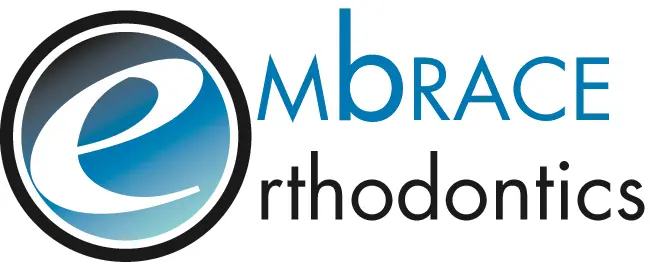Early Orthodontics
At what age should a child first visit the orthodontist?
To assess the need for early orthodontic treatment and determine the optimal timing, the Alberta Society of Orthodontists advises that most children receive an orthodontic screening by the age of seven. Some dental practitioners in our area have received training to recognize orthodontic issues at an early stage and may refer patients to our office even before the age of seven. Dr. Sileikyte can then assess whether orthodontic treatment is necessary for your child.
Why are children being evaluated at such an early age?
Early diagnosis and treatment can guide erupting teeth into a more favorable position, preserve space for permanent teeth, and reduce the likelihood of fracturing protruded front teeth.
If early treatment is indicated, Dr. Sileikyte will guide the growth of the jaw and incoming permanent teeth. Early treatment can also regulate the width of the upper and lower dental arches, gain space for permanent teeth, avoid the need for permanent tooth extractions, reduce the likelihood of impacted permanent teeth, correct thumb sucking, and eliminate abnormal swallowing or speech problems. In other words, early treatment can simplify later treatment, after all the permanent teeth erupt.
Does early treatment benefit all children?
Early treatment does not necessarily benefit all children. Certain types of orthodontic problems can be more easily and efficiently corrected in the teen years when all the permanent teeth have erupted. Some skeletal orthodontic problems should not be addressed until growth is more advanced or completed. The doctors develop a treatment plan based on each individual child’s needs. If the doctor decides the patient is not ready for treatment, they are placed in our orthodontic observation program.
What is the Orthodontic observation Program?
The orthodontic observation program is designed for patients who are not yet ready for treatment and are placed on recall. This program allows us to track the eruption pattern of permanent teeth. In some cases, removing baby teeth early can correct poor eruption patterns of permanent teeth, reducing the duration of orthodontic treatment with braces. Our dentistry team will communicate any recommendations made during your visit to your general dentist. Patients are typically seen on recall every 6-8 months to assess their progress as they continue to grow. This program is free of charge and helps the orthodontist determine the optimal time to initiate treatment, achieving the best possible outcome for your child.
In addition to a beautiful new smile, what are some other benefits of orthodontic treatment?
Wearing braces can enhance the functionality of the teeth and bite, facilitate better oral hygiene by making teeth easier to clean, prevent teeth from wearing down, and extend the lifespan of natural teeth throughout a person’s life. Our orthodontic care will help ensure your child gets not only a great-looking smile, but a healthier smile too.
If a child has early orthodontic treatment, will this prevent the need for braces as an adolescent?
Initiating treatment early can address significant orthodontic issues, prevent the progression of more severe problems, and streamline future treatment. Since not all permanent teeth have emerged during early treatment, final alignment may not be fully corrected. Therefore, a second comprehensive phase of treatment (Phase II – full braces) is usually necessary during adolescence once all permanent teeth have erupted. However, in some cases, additional orthodontic treatment may not be necessary.
Do we still need to see our family dentist during orthodontic treatment?
Patients who wear braces and other orthodontic appliances need to put in extra effort to maintain optimal dental hygiene. To ensure the highest level of oral health, we advise you to visit your family dentist for check-ups and cleanings every six months while receiving orthodontic treatment.
